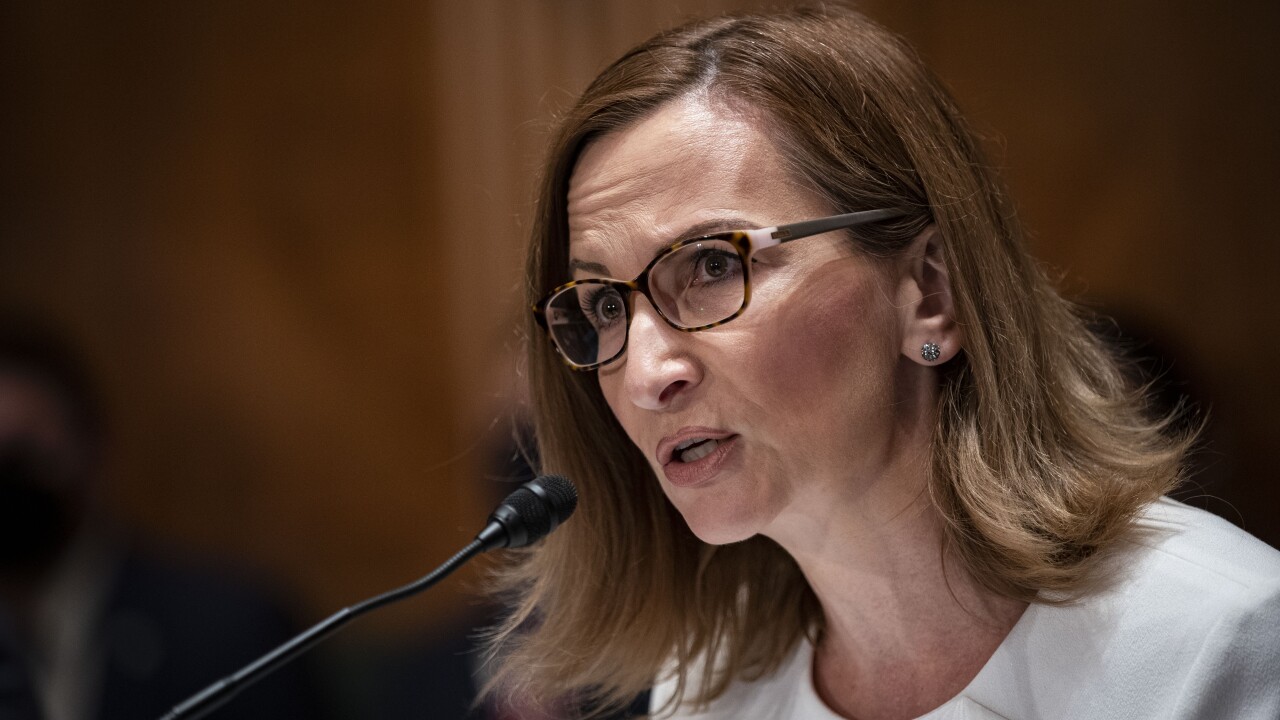
Last year, the Federal Reserve launched FedNow,
The Federal Reserve appears to agree with this characterization. Recently, Nick Stanescu, the chief FedNow executive overseeing the program, announced on the
From its inception, industry commentators have been concerned about how FedNow could be leveraged by bad actors to commit payment-related fraud. Real-time payments provide notable advantages for businesses and individuals, enabling transactions to be completed instantly, regardless of the time or day. However, like many things, these same features can be exploited by fraudsters, who leverage systems to take money from victims quicker than before, leaving victims with no recourse in terms of stopping a transaction.
While these issues were cited before the launch, the Federal Reserve provided limited tools to address them. Primarily, the responsibility to prevent fraud on the FedNow platform lies with the financial institutions using the service. Through network-level and participant-level transaction limits and participant-defined negative lists, the central bank provided basic measures to help mitigate the problem. At the same time, businesses that signed up for the service were told they were primarily responsible for preventing fraud through their own internal fraud prevention systems.
FedNow has grown in popularity, but as mentioned, adoption has been slower than anticipated. Moreover, the Federal Reserve remains cagey about the volume of transactions on the platform, which has led some to speculate whether it's lower than expected. We can't know what's underpinning this, but during a virtual "town hall"
Instant payment adoption in the U.S. is growing but still trails countries such as Brazil and India. Generative artificial intelligence could be the key to help financial institutions accelerate payment velocity.
Speaking at
Concurrently, the FedNow system looks set to be updated with additional tools that define cumulative value or velocity, allowing financial institutions to reject payments based on thresholds. Finally, there are growing expectations that banks using the service will be given more flexibility to create guardrails to ensure transactions coming in and out of their organizations are more protected. While these changes mark a step in the right direction, there's still room for improvement.
It's difficult to know how much impact the new fraud-related additions to the FedNow platform will have before they're implemented, but what is clear is that the measures aren't a radical departure from what's been introduced before to fortify the system. The central bank is doing all it can to preserve the seamless payments that can be made through the system, and still seems unwilling to provide fraud prevention systems that could affect this capability. For now, it appears that speed is being prioritized over security, which keeps the onus of protecting users firmly at the door of financial institutions.
As a result, those using the system must continue to do all they can to prevent fraud from occurring in the first place, and if it does happen, have measures in place to identify it immediately. Real-time payments require real-time fraud prevention, and until FedNow is ready to introduce its own measures that reach this level of performance, financial institutions must fill the gap for themselves. Reviewing and upgrading systems as needed is a big part of this process, as is educating users and internal team members around the problem of instant fraud in general.
For now, it's unclear whether FedNow will evolve into the groundbreaking payment system that many anticipated when it was first introduced. The prevalence of payment-related fraud on the platform could make it too risky, and coupled with the instantaneous nature of the payments, risks are only exacerbated. As these systems gain popularity both in the U.S. and globally, for their idea to work, there must be a greater emphasis on how to best protect them from fraud.






